Medicaid waiver program eligibility for elderly adults
Supporting aging in place through Medicaid waivers

Understanding Medicaid Waiver Programs for Seniors
Medicaid waiver programs are vital tools that enable elderly adults to receive necessary healthcare and support services in their homes and communities rather than traditional institutional settings. These programs are designed to promote independence, delay or prevent nursing home stays, and tailor care to individual needs. As the landscape of long-term care evolves, understanding eligibility, services, and application processes becomes essential for seniors and their caregivers.
Overview of Medicaid Waiver Programs for Elderly Adults
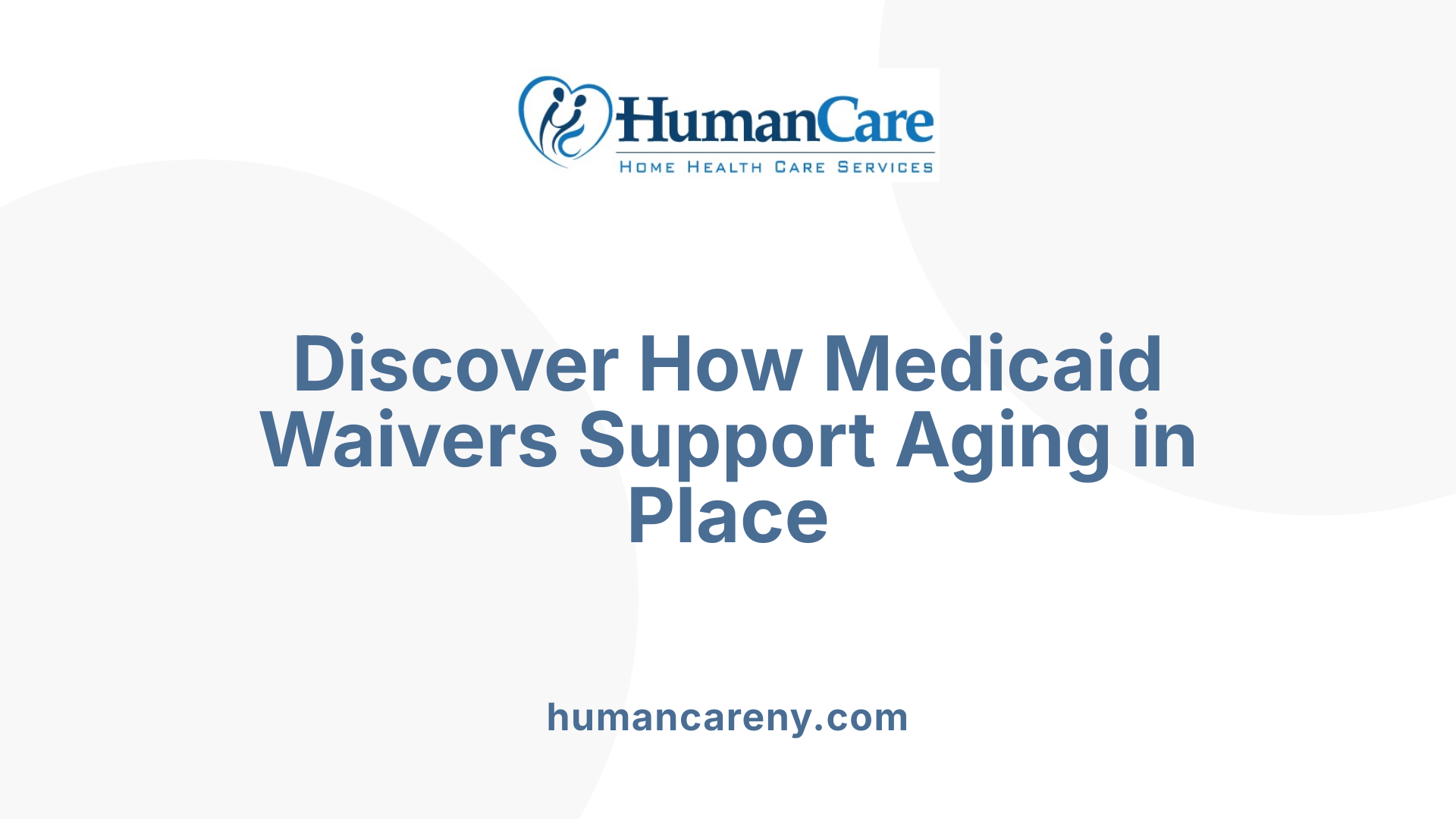 Medicaid waiver programs for elderly adults are special initiatives that allow eligible seniors to receive necessary health and social services right in their homes or local communities instead of moving into long-term care facilities like nursing homes. These programs are authorized by the federal government but vary by state, with each state tailoring services to meet the needs of its population.
Medicaid waiver programs for elderly adults are special initiatives that allow eligible seniors to receive necessary health and social services right in their homes or local communities instead of moving into long-term care facilities like nursing homes. These programs are authorized by the federal government but vary by state, with each state tailoring services to meet the needs of its population.
The primary purpose of these programs is to promote community living and help seniors maintain independence for as long as possible. They provide a broad array of services, including personal care assistance, home modifications for safety, respite care for family caregivers, adult day health care, and transportation. These services are designed to support elderly individuals in managing daily activities and health needs in a familiar environment.
Services are delivered through various types of Medicaid waivers, such as the Elderly Waiver (EW), Community Access for Disability Inclusion (CADI) Waiver, and others. Most require participants to have a medical assessment demonstrating a need for nursing home level care, along with financial eligibility that considers income limits and asset thresholds.
A crucial feature of these programs is their flexibility. Many allow for participant-directed care, meaning seniors or their representatives can choose trusted caregivers, including family members if authorized. This empowerment helps ensure that services align with personal preferences and cultural values.
The ultimate goal of Medicaid waiver programs is to delay or prevent the need for costly institutionalization while supporting health, safety, and well-being in the familiar surroundings of home. They help reduce healthcare costs by providing proactive and comprehensive support tailored to each individual’s needs, fostering healthier and more autonomous aging in the community.
| Program Name | Main Services Provided | Eligibility Criteria | Personalization Options |
|---|---|---|---|
| Elderly Waiver | Personal care, adult day services, home mods, respite, transportation | Age 65+, nursing home level care, income/asset limits | Participant-managed care, family caregivers inclusion |
| CADI Waiver | Emergency assistance, community living, respite, specialized equipment | Under 65, disability status, need for extensive supports | Custom care plans, community integration |
| Brain Injury Waiver | Specialized rehab, residential services, nursing | Brain injury diagnosis, need for long-term support | Tailored therapy and support plans |
This network of programs ensures that elderly adults who wish to stay in their homes can access personalized services that meet their health and social needs, supporting their independence and quality of life.
Eligibility Criteria for Elderly Adults
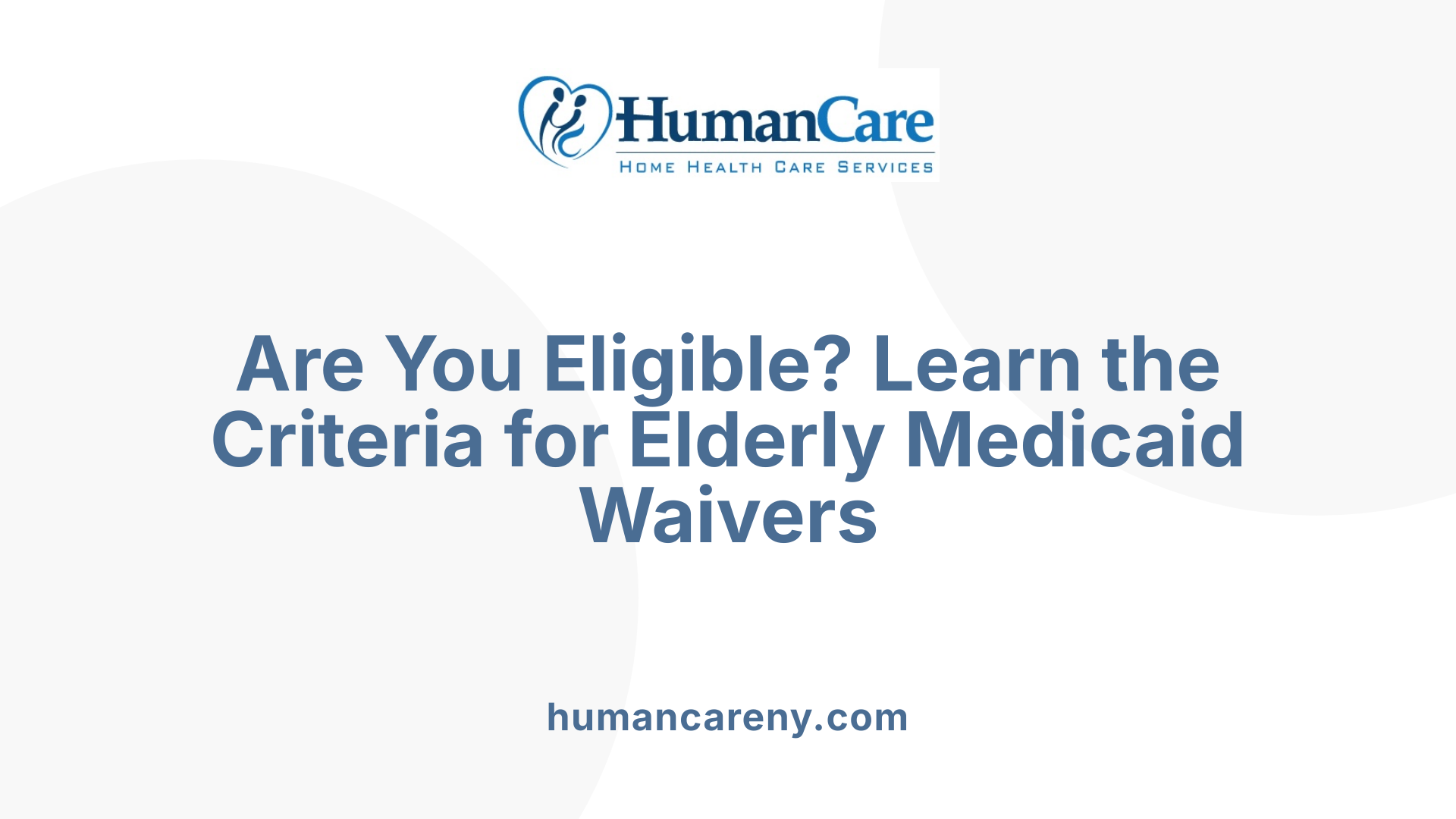
Mandatory age requirement
To qualify for Minnesota’s Elderly Waiver (EW) and other Medicaid waiver programs, individuals must be at least 65 years old. This age threshold ensures that the program primarily serves the senior population, focusing on those who need assistance with daily activities but wish to remain in their homes and communities.
Medicaid and income eligibility
Applicants must be eligible for Medical Assistance (MA), Minnesota’s Medicaid program, which covers various home and community-based services. For the EW, the monthly income limit in 2024 is set at $2,829, approximately 300% of the Federal Benefit Rate. Income is carefully considered during the application process, with spouses’ incomes generally excluded if the applicant is married. Asset limits are $3,000 for single individuals and $6,000 for couples, allowing some assets like vehicles, primary residences, and certain trusts to be exempt.
Functional assessment requirements
A crucial part of eligibility is the need for nursing home level of care, determined through a comprehensive assessment called MnCHOICES. This assessment evaluates individuals’ ability to perform Activities of Daily Living (ADLs) and Instrumental Activities of Daily Living (IADLs). Applicants must demonstrate significant health challenges that necessitate assistance comparable to that provided in a nursing facility.
Asset considerations and exemptions
Assets are assessed to determine financial eligibility, but certain resources are exempt. The primary residence is typically exempt if the individual resides there or intends to return home. The home’s equity interest must not exceed $730,000 in 2025. Vehicles, personal belongings, and certain irrevocable trusts are also exempt. During the Medicaid look-back period of five years, any asset transfers or Medicaid planning strategies, such as irrevocable trusts or spend-downs, are scrutinized to prevent fraudulent asset shifting.
Financial planning strategies
Many applicants utilize Medicaid planning techniques to meet the income and asset limits. This includes methods like Medically Needy Spend-Down, where income is temporarily spent down to qualify, and establishing irrevocable trusts to protect assets. Additionally, asset spend-downs, including paying off debt or purchasing exempt resources, are common strategies.
| Eligibility Aspect | Details | Additional Notes |
|---|---|---|
| Age Requirement | 65 years or older | Focused on seniors |
| Income Limit | $2,829/month in 2024 | 300% Federal Benefit Rate |
| Asset Limit | $3,000 for singles, $6,000 for couples | Exemptions include primary residence and vehicle |
| Health Criteria | Nursing Facility Level of Care | Assessed via MnCHOICES |
| Residency | Must be a Minnesota resident | Documentation needed |
| Asset Exemptions | Home, vehicle, personal items | Subject to value limits |
Eligibility assessments are initiated through local lead agencies, who verify financial status, conduct asset evaluations, and develop care plans aligned with the individual's needs. Meeting these criteria ensures that elderly adults can access essential services that allow them to live independently in the community while receiving necessary care.
Application Process for Medicaid Waivers in Elderly Care
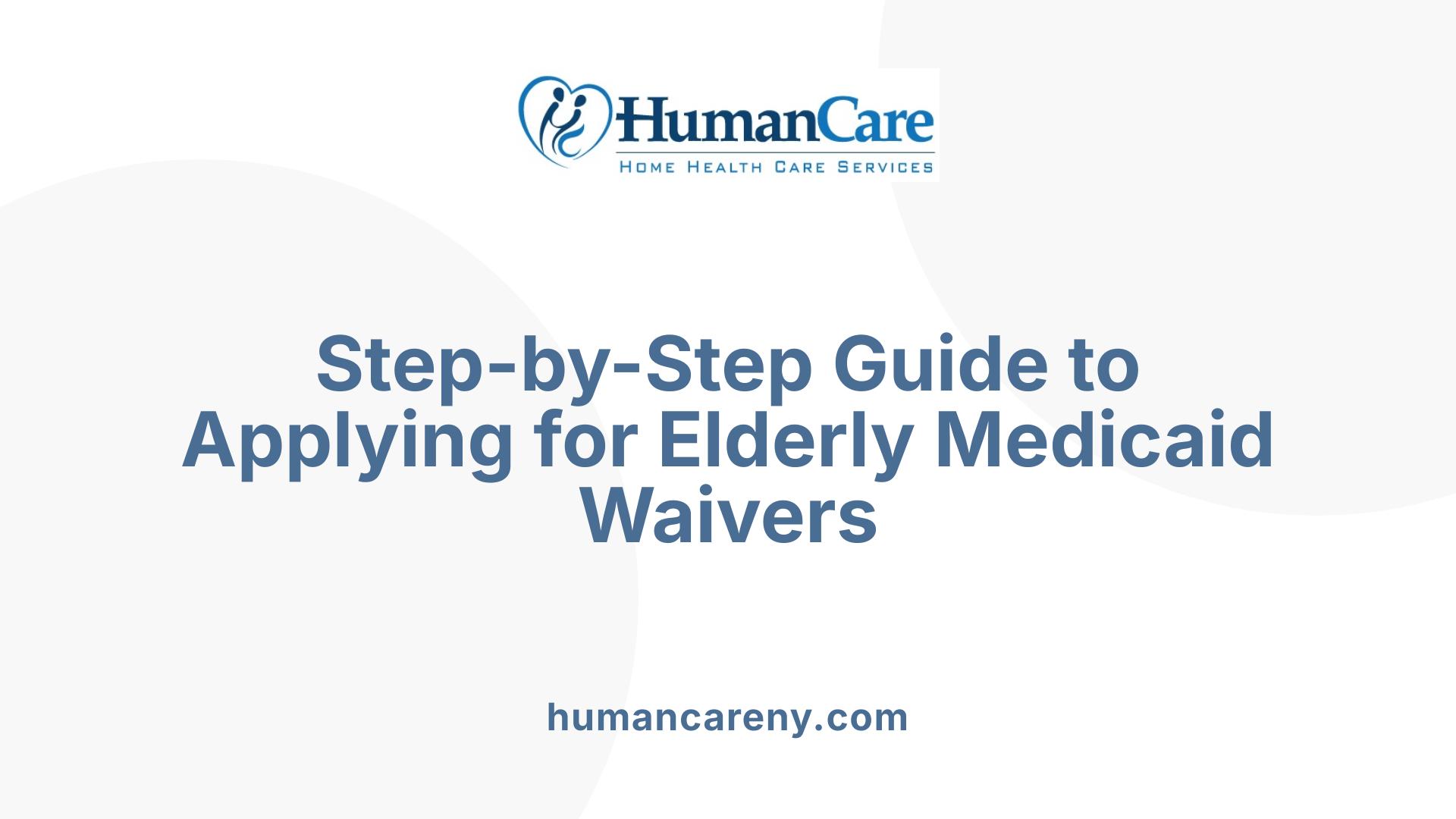
How do elderly adults apply for Medicaid waiver programs?
Elderly adults interested in Medicaid waiver programs begin by reaching out to their local Medicaid office or authorized agencies like the Area Agency on Aging or the Aging and Disability Resource Connections (ADRC). These organizations help guide applicants through the process and provide necessary information.
The first step involves completing an application form, which requires personal details, proof of residency, income, and resources. Applicants should gather documentation such as income statements, bank statements, and proof of assets. Once submitted, the applicant undergoes a comprehensive assessment to determine their level of care needs.
The assessment is typically performed by a case manager or a care coordinator from a designated provider. This evaluation reviews the applicant's ability to perform Activities of Daily Living (ADLs) and Instrumental Activities of Daily Living (IADLs), establishing whether they need nursing facility-level care and qualify for the waiver.
Following the assessment, the case management team develops a personalized care plan that details the services the individual will receive. They also verify if the applicant meets specific eligibility criteria related to income and functional needs.
The application process can include further steps such as submitting additional documentation or attending interviews. If the application is denied, individuals have the right to appeal and reapply.
Once approved, participants work with case managers to select and coordinate services like personal care, home modifications, or adult day services. Funding and service access are then arranged according to the approved plan.
The overall timeline from initial application to approval can vary but typically takes several weeks to a few months, depending on the volume of applications and specific circumstances.
Engaging early and preparing complete documentation can help speed up the process and facilitate access to essential services through Medicaid waiver programs for elderly care.
Services Covered Under Medicaid Waiver Programs for the Elderly
Medicaid waiver programs for seniors, such as the Elderly Waiver (EW) in Minnesota, provide a broad array of services aimed at supporting aging in the community. These programs are designed to help older adults live independently and avoid unnecessary institutionalization.
Range of services offered
The services covered include adult day care, case management, home modifications, personal care assistance, adult foster care, and transportation. Additional options may include homemaker services, specialized equipment and supplies, skilled nursing visits, and respite care for caregivers.
Medical and non-medical supports
These programs support both medical and non-medical needs. Medical supports encompass home health aides, skilled nursing, medication management, and emergency response. Non-medical supports include social activities, light housekeeping, and assistance with daily routines—helping seniors maintain their independence while ensuring their safety.
Home modifications and specialized equipment
Home modifications like ramps, grab bars, and bathroom safety upgrades are often part of covered services, facilitating easier mobility and safety within the home. Specialized medical equipment, including wheelchairs, hospital beds, and adaptive devices, are also provided when necessary.
Transportation and emergency services
Transportation services enable seniors to attend medical appointments and participate in community activities. Non-emergency medical transportation is frequently covered. Emergency services, such as emergency response systems, are available to provide immediate assistance during crises.
Prioritization based on needs and eligibility criteria
Eligibility for these services is based on medical assessments indicating a need for nursing-level care, as well as financial and functional criteria. Priority is given to individuals who are at risk of hospitalization or institutionalization. Lead agencies evaluate each applicant’s needs through assessments, and service plans are tailored accordingly.
| Service Type | Description | Additional Details |
|---|---|---|
| Medical Supports | Home health aides, skilled nursing | Based on assessed medical needs |
| Personal Supports | Personal care, respite, homemaker | Assists with daily living activities |
| Home Modifications | Ramps, grab bars, safety upgrades | Improves safety and accessibility |
| Equipment | Wheelchairs, adaptive devices | Ensures mobility and independence |
| Transportation | Non-emergency transit, community access | Promotes engagement and healthcare access |
| Emergency Services | Medical alert systems, crisis response | Critical during emergencies |
These services collectively aim to enhance quality of life, promote independence, and align with each individual's health and lifestyle preferences. They are accessed through assessments and planning coordinated by authorized agencies, ensuring that care is appropriate and cost-effective.
Assessment and Evaluation Procedures for Eligibility Determination
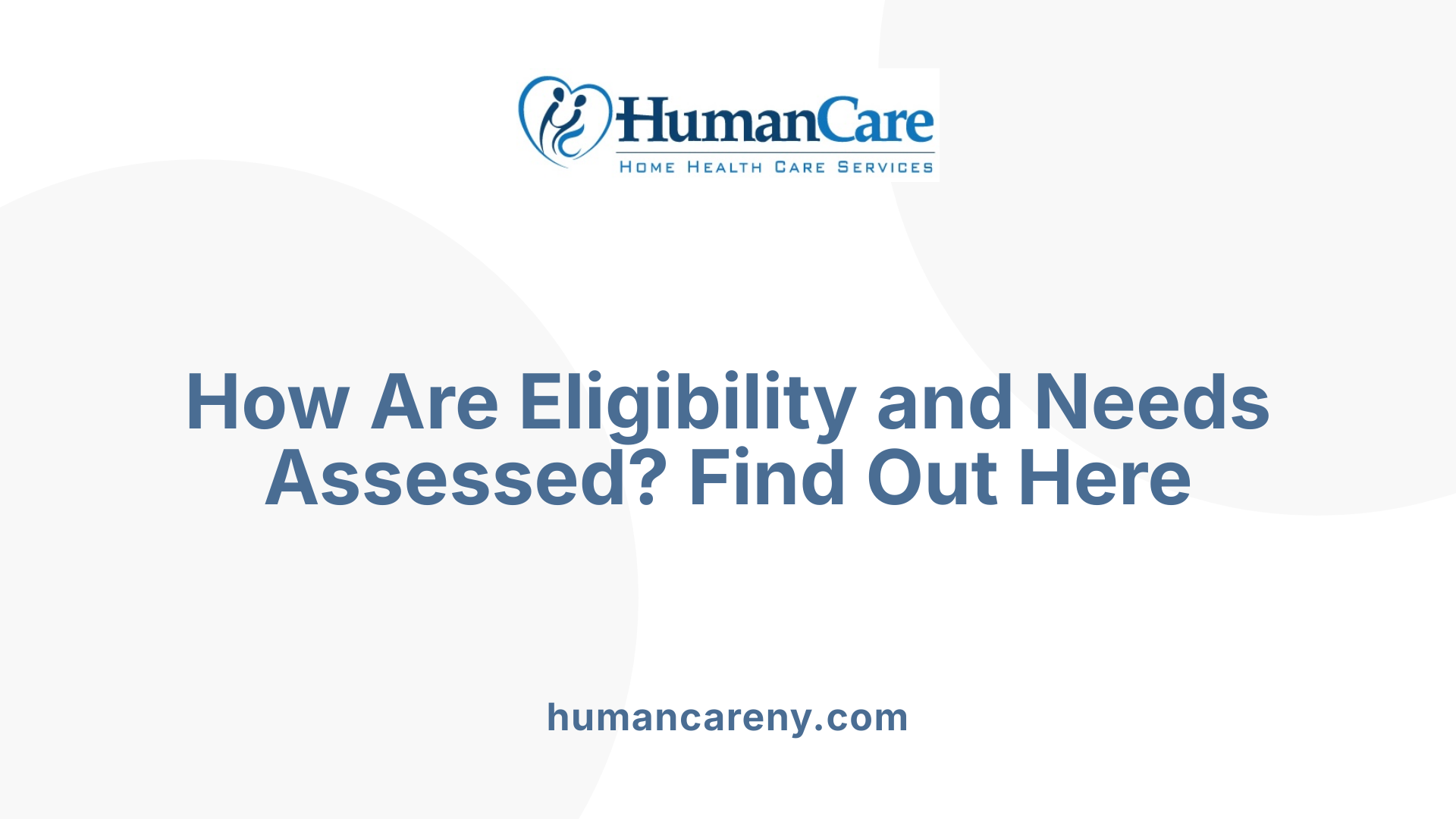
How are eligibility and service needs assessed for Medicaid waiver programs for the elderly?
Assessing eligibility and service requirements is a key part of ensuring that elderly individuals receive appropriate support through Medicaid waiver programs like Minnesota’s Elderly Waiver. This process typically involves a series of evaluations conducted by qualified professionals, including physicians and specialized assessors from local agencies.
Medical necessity is a fundamental criterion. To qualify, applicants must demonstrate they need a nursing home level of care, which is verified through detailed medical assessments. These evaluations confirm whether individuals are safe to stay at home and require assistance with daily activities, such as bathing, dressing, or medication management.
Assessments also focus on functional ability. Evaluators examine the person’s capability to perform Activities of Daily Living (ADLs) and Instrumental Activities of Daily Living (IADLs). These include tasks like cooking, cleaning, mobility, and managing finances. The results help determine the types and amounts of support services an individual needs.
Once these assessments are completed, case managers develop an individualized care plan. This plan outlines the services necessary to support the person's independence at home, such as personal care, homemaker services, or transportation. The plan is tailored to meet the person’s unique needs while considering budget constraints.
Regular re-assessments are essential to ensure continued eligibility. These reviews are typically conducted annually or whenever there is a significant change in health or ability status. During re-assessment, medical condition and functional capabilities are reviewed again, confirming whether the individual still qualifies for waiver services.
Continuous eligibility depends on meeting both medical and financial criteria. If applicants experience changes in health status or income, their eligibility may be re-evaluated. Decisions are documented carefully, and individuals have the right to appeal if they believe their assessments have been unfair or inaccurate. This thorough review process helps maintain a balanced system that provides adequate care while managing resources responsibly.
Legal and Regulatory Frameworks Governing Elderly Medicaid Waivers
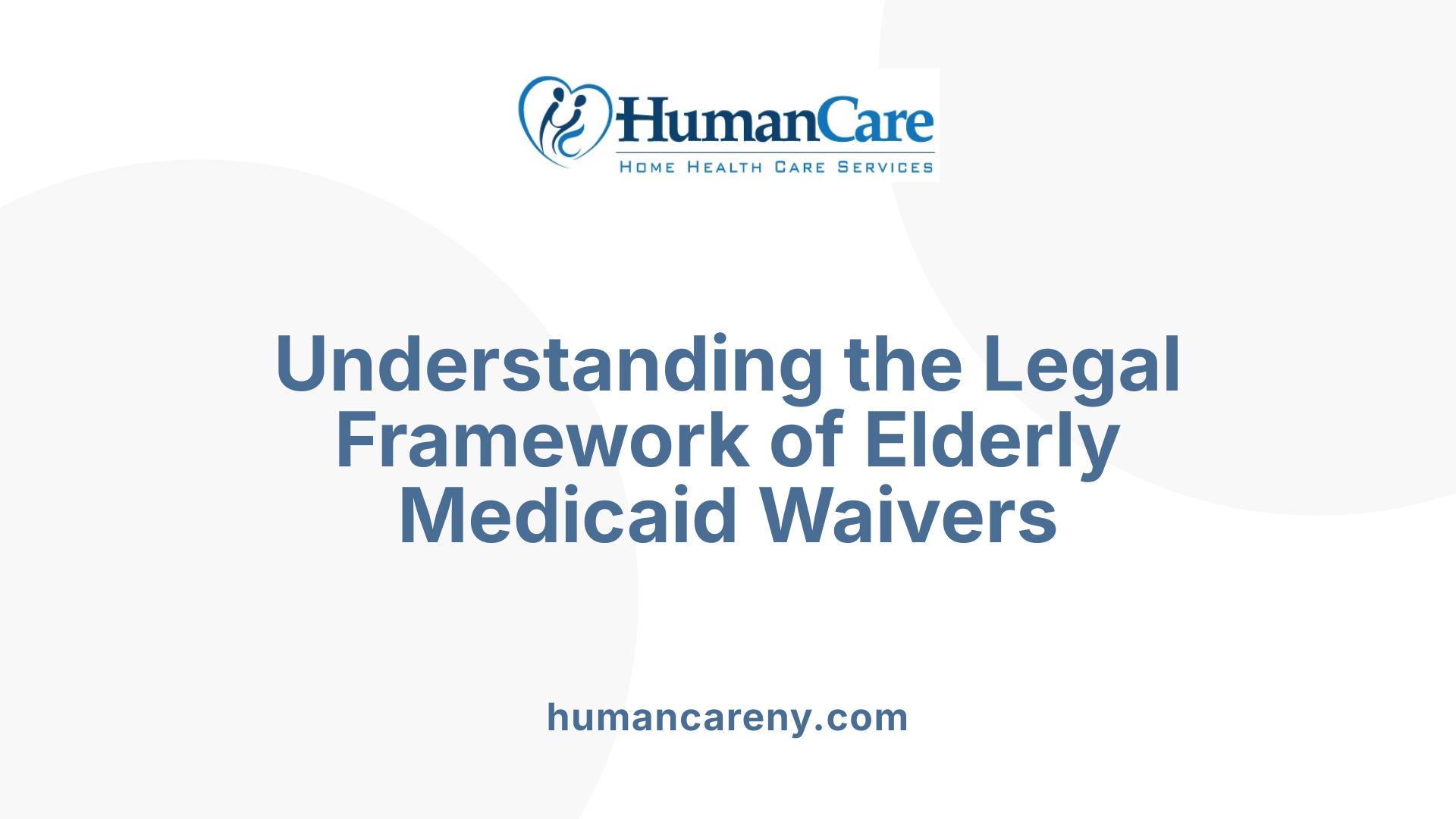 Medicaid waivers aimed at seniors operate within a comprehensive legal and regulatory structure that ensures safety, quality, and accountability. At the federal level, Section 1915(c) of the Social Security Act, established in 1981, serves as the core legal authority. This section allows states to create tailored Home and Community-Based Services (HCBS) waivers that serve specific groups, including elderly individuals requiring nursing home-level care but preferring to remain in their communities.
Medicaid waivers aimed at seniors operate within a comprehensive legal and regulatory structure that ensures safety, quality, and accountability. At the federal level, Section 1915(c) of the Social Security Act, established in 1981, serves as the core legal authority. This section allows states to create tailored Home and Community-Based Services (HCBS) waivers that serve specific groups, including elderly individuals requiring nursing home-level care but preferring to remain in their communities.
Complementing this core statute are federal regulations, notably 42 CFR Part 441. These regulations set critical standards for clinical assessments, person-centered planning, provider qualifications, and the settings where services are delivered. They prioritize safeguarding participant rights and ensuring services are provided in appropriate, accessible environments.
States play a vital role in developing guidelines and standards that align with federal requirements. These include licensure and certification rules, which are often detailed in state-specific regulations such as the New York Codes, Rules, and Regulations or Minnesota state laws. Regular updates to these standards help adapt to evolving healthcare practices and technology.
Oversight is a continuous process involving federal agencies like the Centers for Medicare & Medicaid Services (CMS) and state Medicaid agencies. They conduct reviews, monitor compliance, and enforce regulations to ensure programs meet mandated quality and safety criteria. This oversight aims to protect Elderly Waiver participants from abuse, neglect, and substandard care.
Furthermore, recent initiatives like the HCBS final rule emphasize promoting community integration, choice, and person-centered planning, cementing protections and quality standards for thousands of elderly Americans. Through this layered framework of federal laws, state guidelines, and oversight mechanisms, Medicaid’s elderly waivers remain adaptable while prioritizing participant safety and well-being.
Empowering seniors through community-based care
Medicaid waiver programs are fundamental in supporting elderly adults to age in place with dignity and independence. By understanding the eligibility criteria, application process, and services available, seniors and their families can better navigate the complexities of long-term care options. Regulatory safeguards ensure these programs maintain high standards of care, while they continue to evolve to meet the diverse needs of aging populations. Overall, Medicaid waivers are a vital component of community-based long-term care, fostering healthier, more connected, and empowered lives for seniors.
References
- Elderly waiver / Minnesota Department of Human Services
- Elderly Waiver (EW) and Alternative Care (AC) Program
- Medical Assistance (MA) coverage for home and ... - MN.gov
- Medicaid: Minnesota's Elderly Waiver Program
- Minnesota Medicaid Elderly Waiver (EW)
- What is a Medicaid waiver program? Eligibility, rules, and ...
- Medicaid Waivers & How They Help Seniors Live at Home
- State Waivers List
- Community Access for Disability Inclusion (CADI) Waiver
- Elderly Waiver Program Minnesota







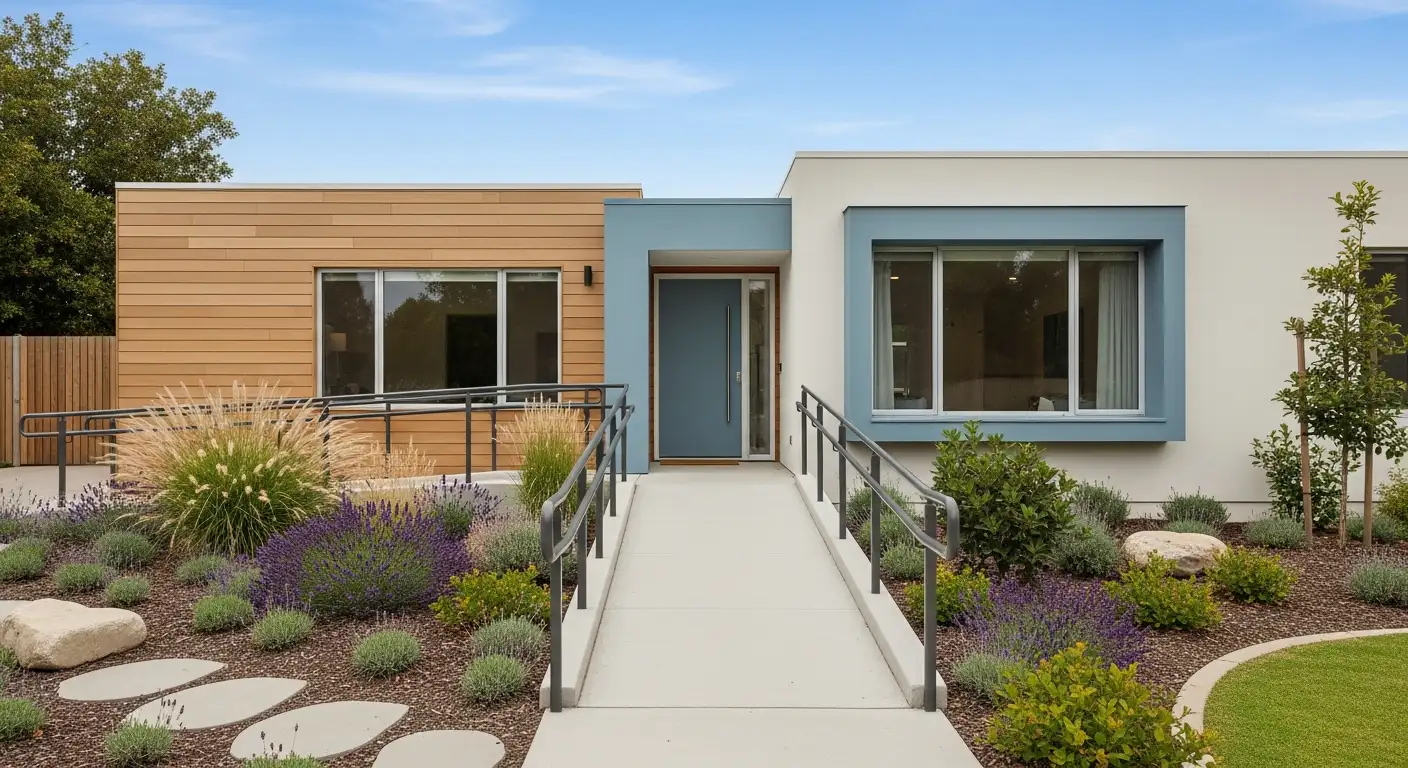


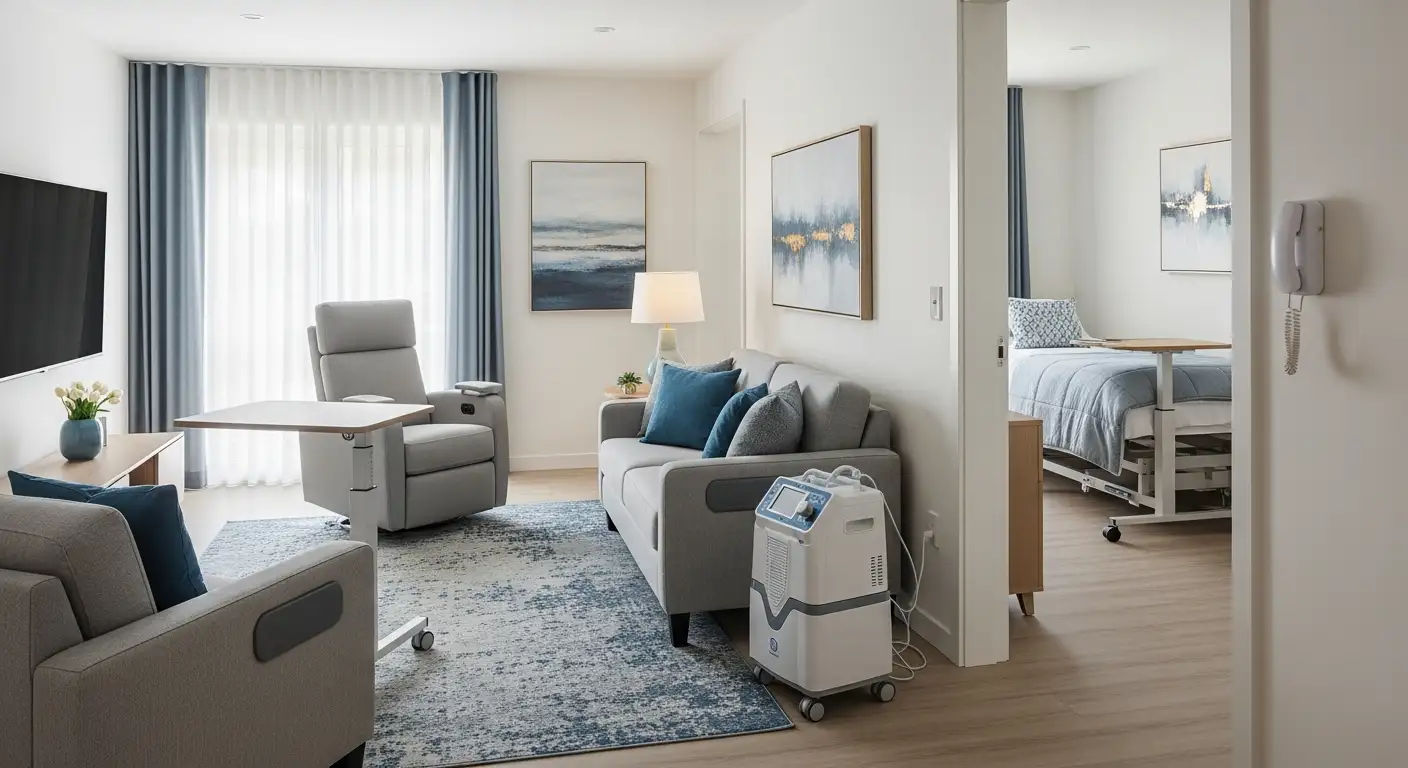


















































































.avif)





